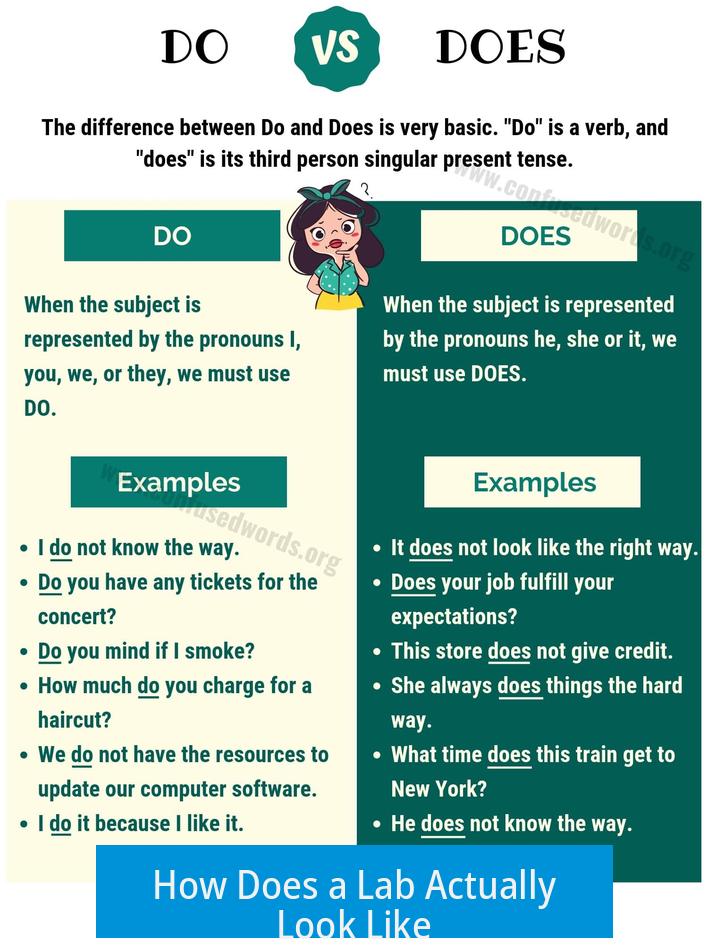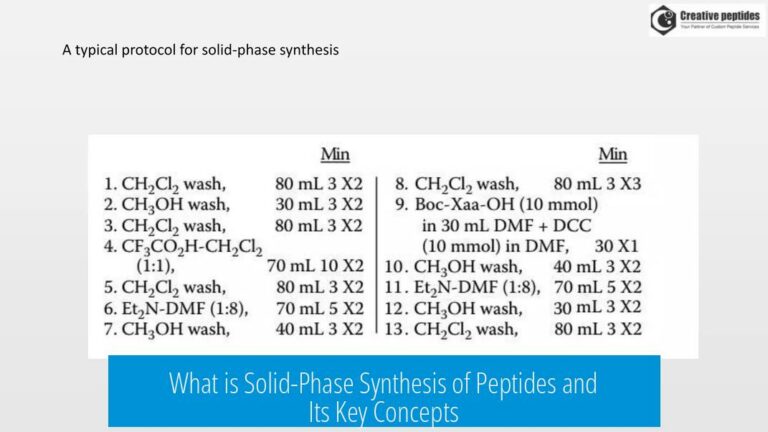How Does a Lab Actually Look Like?

A lab, especially a chemistry or synthetic lab, typically features multiple fume hoods with exposed ductwork, several benches with black or dark countertops, assorted analytical instruments like IR spectrometers, HPLC machines, rotovaps, and safety equipment including eyewash stations and fire extinguishers. It is often cluttered with reagents, samples, and notes, reflecting active use and a complex workflow.
1. General Lab Layout and Infrastructure
Most laboratory spaces are built around one or more fume hoods. These are essential for conducting reactions involving hazardous or volatile chemicals. The ductwork servicing fume hoods is typically visible and functional, emphasizing utility over aesthetics.
Outside the hoods, benches serve as primary work areas. They are equipped with computers for data entry and control of instruments. Consumables such as pipettes, vials, pens, and gloves are arranged conveniently for daily tasks.
| Essential Lab Features | Description |
|---|---|
| Fume hoods | Contain reactions that emit fumes; visible ductwork for extraction |
| Benches | Workspaces with computers, instruments, and consumables |
| Sinks | Multiple sinks with access to deionized water or Milli-Q water systems |
| Safety equipment | Eyewash stations, emergency showers, fire extinguishers, spill kits |
| Storage cabinets | Dedicated chemical cabinets (flammable and regular), reagent jars, locked personal lockers |
2. Common Lab Furniture and Surfaces
Lab benches often have dark, durable countertops, typically black, matte or semi-gloss, to resist chemical damage. Furniture styles vary by age and funding:
- Pre-WWII labs may have stone countertops and wooden drawers.
- Mid-20th-century labs often use gray metal cabinetry with plastic handles.
- Modern labs favor sleek white designs with hidden lighting.
Lab coats and safety glasses are worn constantly. Lockers allow secure storage of personal items and lab coats between uses. Gloves, usually nitrile, are standard during chemical handling.
3. Analytical Equipment and Experimental Setups
Labs include many specialized instruments to analyze samples:
- Rotary evaporators (rotovaps) are common for solvent removal.
- Chromatography equipment such as HPLC, UPLC, and GC-MS systems.
- Spectrometers including IR, UV-Vis, NMR, Orbitrap mass spectrometers, and ICP for elemental analysis.
- Benchtop items like centrifuges, ovens, viscometers, and density meters.
Experimental setups like distillations, reflux apparatus, and column chromatography commonly occupy fume hoods. Some labs have gloveboxes to handle air-sensitive materials and specialized rooms for techniques like X-ray crystallography.
4. Lab Atmosphere and Organization
Laboratories often exhibit a lived-in feel with varying degrees of clutter. Sticky notes with chemical reactions, quantities, and protocols frequently line fume hood glass and walls. Samples in vials and boxes accumulate on shelves and benches. Apparatus used infrequently may be stored in cabinets or left out.
Safety is emphasized via clear signage, marked emergency exits, and mandatory use of personal protective equipment (PPE). Fire extinguishers, particularly CO2 types, are standard due to compatibility across chemical types. Spill kits and fire blankets are strategically placed.
5. Variations by Lab Type
Appearance depends heavily on the lab’s function and setting:
- Academic labs often have older or mixed equipment with some clutter and traditional cabinetry.
- Industrial labs might have specialized instrumentation and targeted chemical storage, maintaining more rigid organization.
- High-tech automated labs focus on cleanliness and efficient layout, sometimes resembling mini-production floors.
- Teaching labs feature many parallel benches and multiple fume hoods to accommodate groups simultaneously.
- Biochemistry labs include freezers, microscopes, pipettes, and disposable apparatus.
6. Key Takeaways
- Fume hoods with visible ductwork dominate the lab layout.
- Benches have dark, chemical-resistant surfaces with computers and consumables nearby.
- Labs contain diverse analytical instruments, such as rotovaps, spectrometers, and chromatography devices.
- Safety features like eyewash stations, emergency showers, and CO2 fire extinguishers are mandatory.
- Clutter with samples, notes, and apparatus is common, reflecting ongoing research activities.
- Appearance varies widely by lab type, age, and budget.
Overall, labs balance functionality, safety, and organization to support a wide range of chemical experiments and analyses.





Leave a Comment